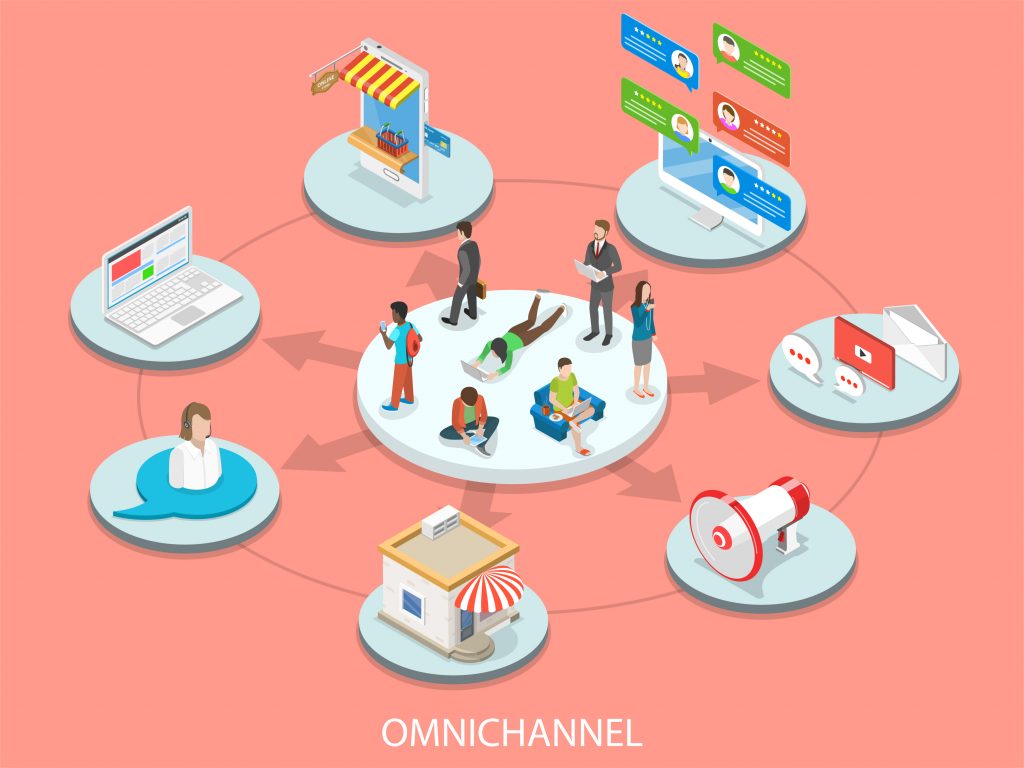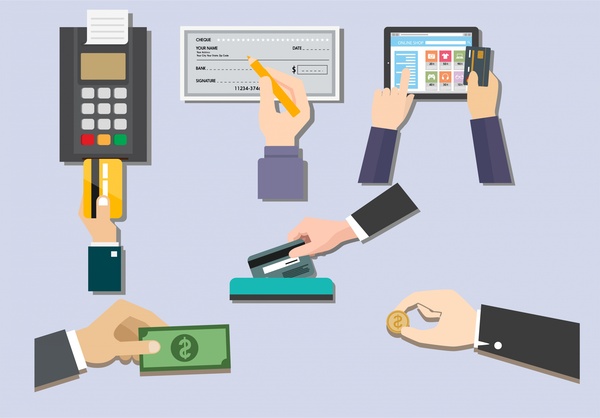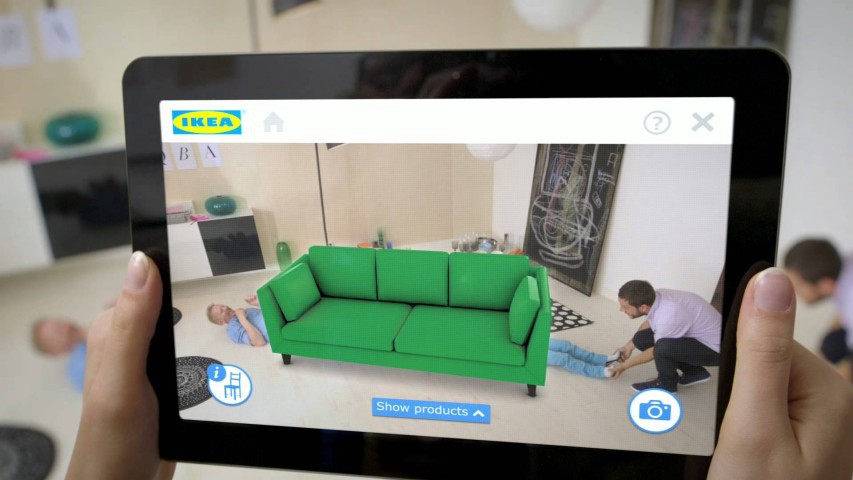The 2010s have witnessed the blooming of e-commerce, and the trend seems to remain its popularity in (at least) the next 10 years. From $3.53 trillion in 2019, it is expected that the revenues of e-retail will rise to $6.54 trillion by 2022.
However, such a profitable environment will attract innumerable entrepreneurs, which means that you would have lots of competitors in the future. To outdo them, you had better have a brilliant business plan - starting from your marketing step.
To help you do that, we have found out the latest 5 e-commerce marketing trends in this 2021. Check it below!
Voice Search

Due to their convenience and their growing accuracy in regional languages, voice assistant devices such as Alexa or Google Assistant are becoming increasingly popular. If you own an e-commerce store and you want to attract more potential customers, voice search is a practical and excellent suggestion for you.
There are several methods to optimize your website for voice search, such as:
- Optimize content with informal and conversational languages, therefore increasing your opportunities to be present in voice search.
- Make a new skill in voice search devices.
- Provide voice-based navigation on your website or your app.
- Simplify the purchase procedure with just an easy flow using voice order.
Sustainability Practice
Mother Nature is getting angry; and never before has the human-being cared for the environment like they are doing in the 21st century. That attitude is expressed even in their choice of products. Green consumerism is no longer an unusual term. According to a survey, 87% of the buyers will choose an environmentally-friendly product and 88% of them will stay with the company which pays attention to environmental problems. 58% of gen Z agrees to pay more money for goods if the Earth is saved in exchange.

If you are looking for some ways to be more eco-friendly, here are examples:
- Utilize packaging that is recyclable or doesn’t affect our environment too much.
- Get rid of paper slips and use email instead to send a receipt.
- Minimize the carbon footprint in the manufacturing and shipping process.
Omnichannel Shopping

To make it simple, omnichannel retail means that you will take advantage of a large number of channels and platforms. Customers could buy your products everywhere: in your store, through mobile phones, via social media and so on. Other channels consist of ads, print journalism or even viva voice. Logically, the more you connect to your customers, the higher chance for you to successfully make a sale.
Here is good news: The HBR (Harvard Business Review) claims that 73% of people in a survey prefer multiple channels in their shopping experience. Bear that in mind if you want to stand out from other competitors in the market.
Variety of Payment Options
Convenient payment options show that you care for your customers, and that will make them choose and be loyal to you among thousands of e-Commerce shops out there.
In addition to cash and credit card, payment options currently include digital wallets such as PayPal, AirPay or Google Pay. Besides, many companies start to accept Cryptocurrencies (like Bitcoin) for their reasonable transaction charges and no reversal transaction.

Another preferential trend in payment is Buy Now Pay Later (BNPL), allowing customers to buy goods on credit and then pay for them in installments or after a particular time with 0% interest. It’s beneficial for buyers and also for retailers, as the latter one can get all of the amount upfront. A win-win for both sides!
AI and AR

It would be unacceptable if you decline to use technology in your business. By 2022, more than 1200 000 stores would implement AR technologies and $7.3 billion will be spent on AI.
AI, or Artificial Intelligence, is in charge of guiding and recommending suitable products for customers based on their purchase history and searching behavior. Meanwhile, AR (Augmented Reality) is mainly used in online buying. It lets buyers have a look at how the product really looks on them even before they click the “Purchase” button. A must for every online shopaholic.
Applying AI and AR and the conversions of your store will skyrocket while the return rate will reach the number zero.




